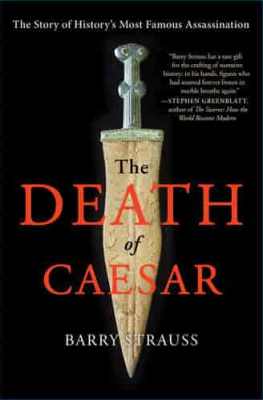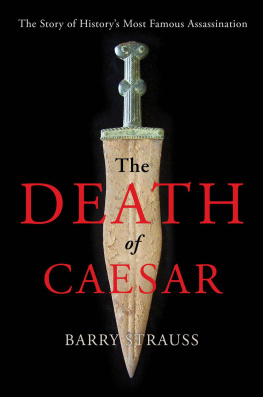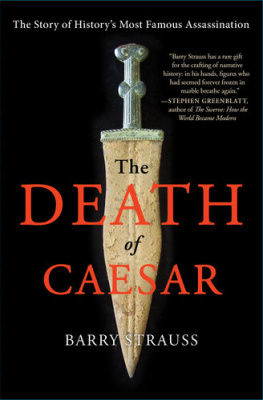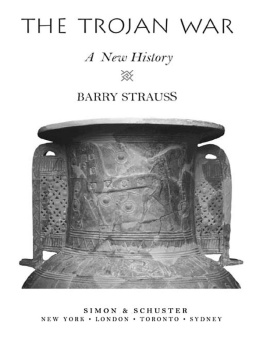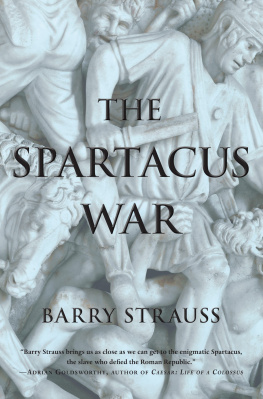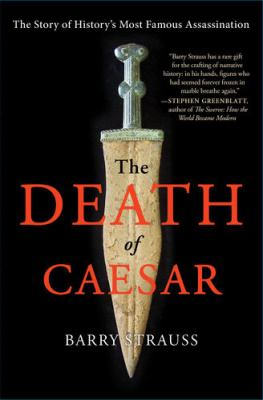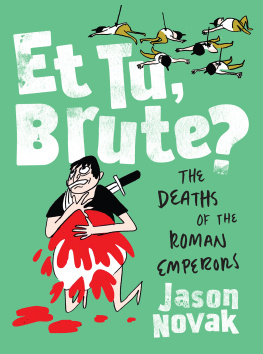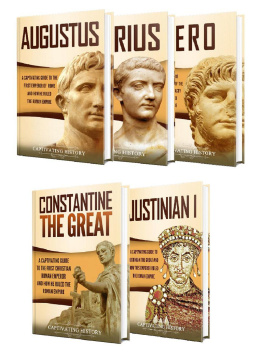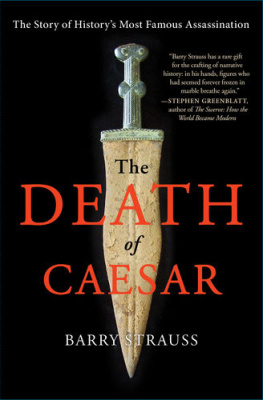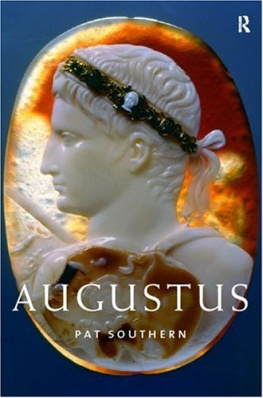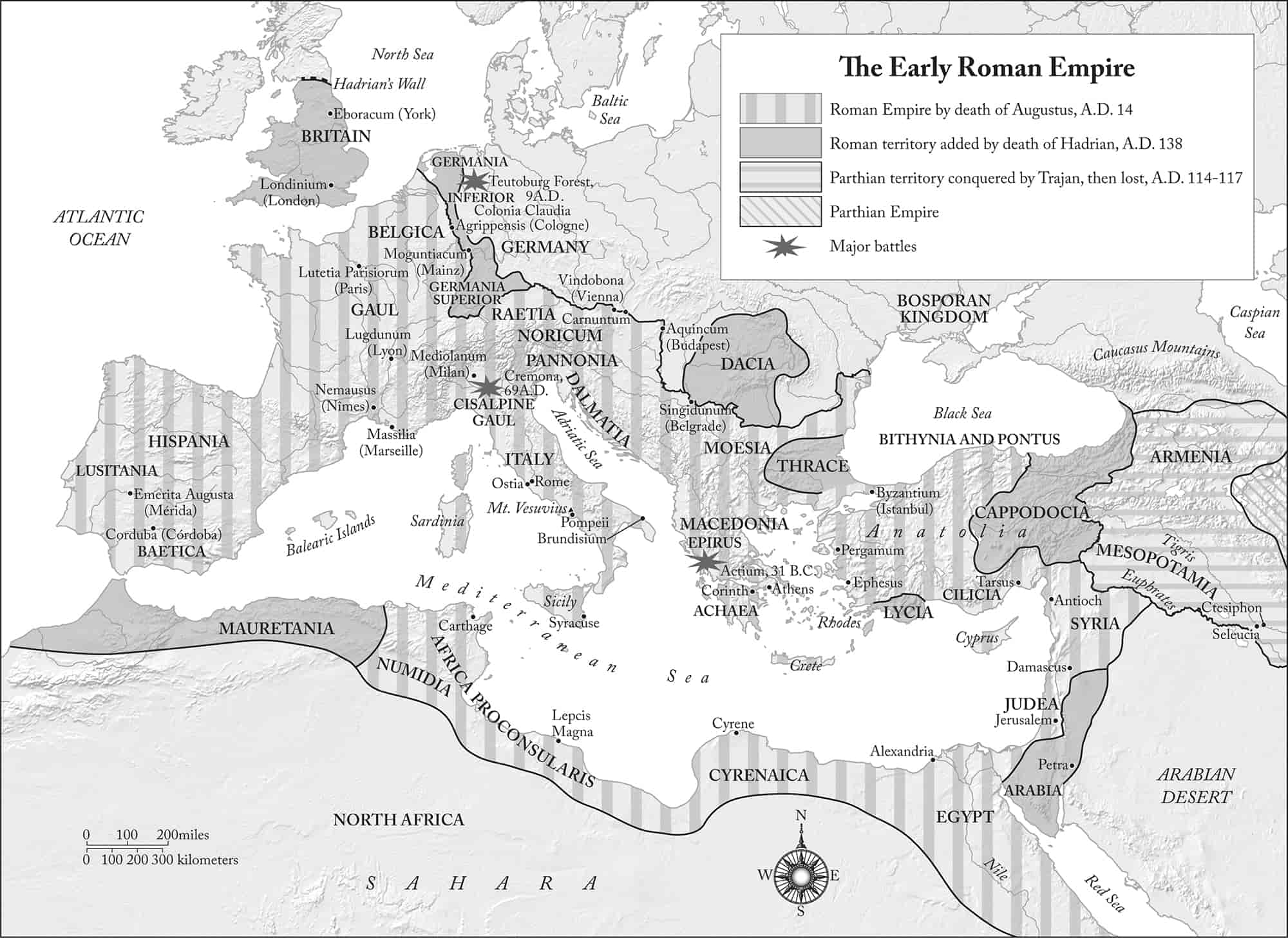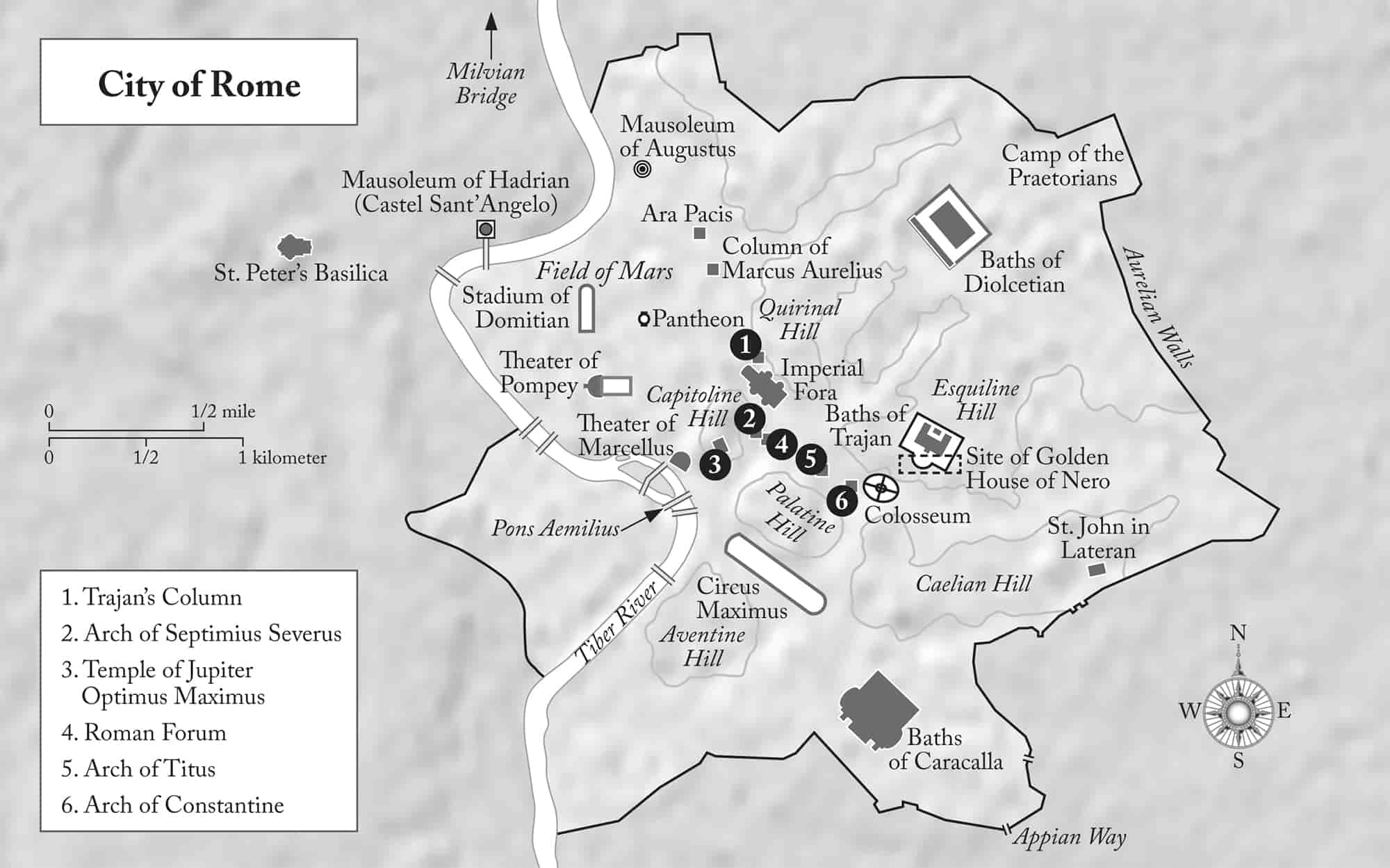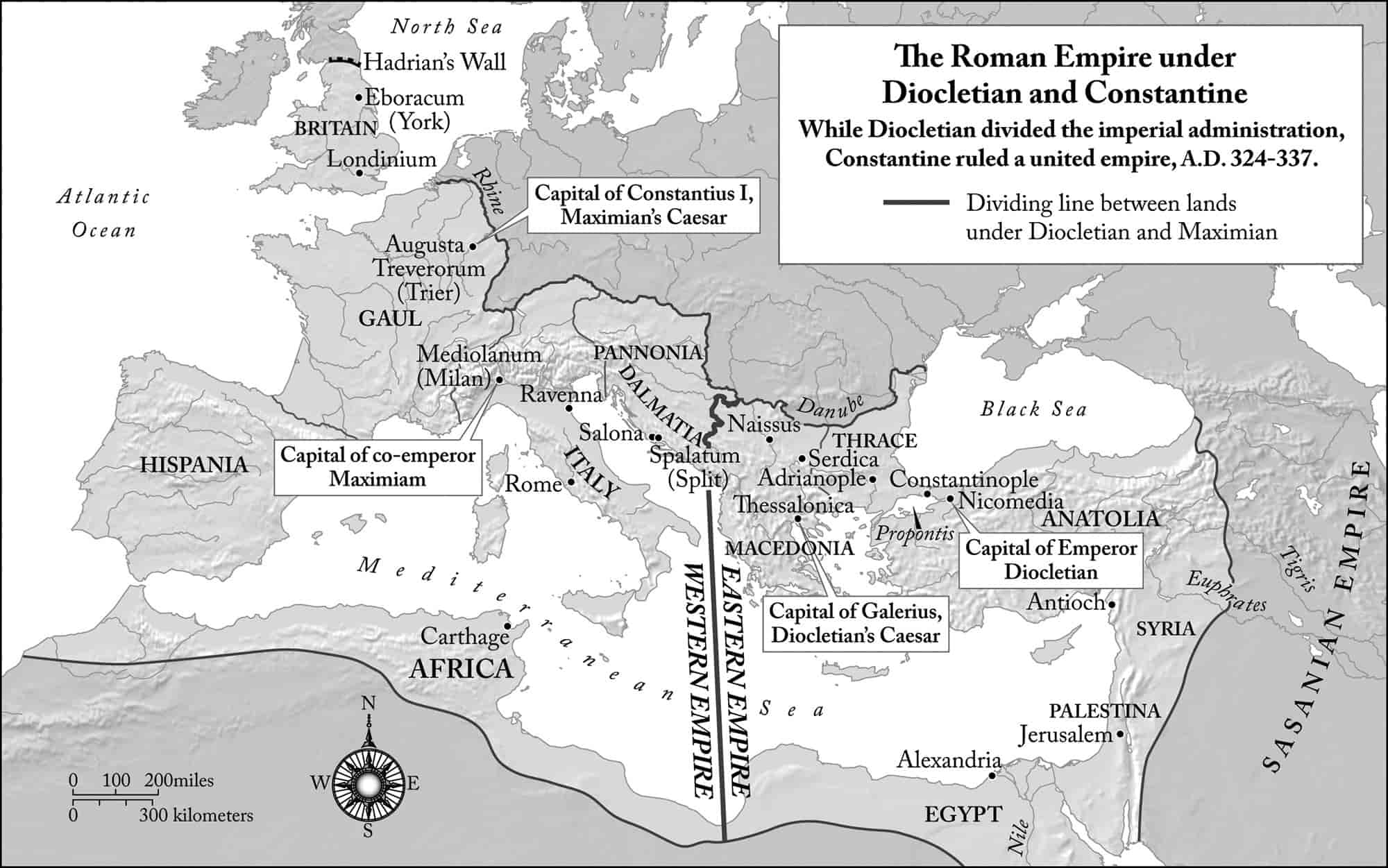Barry Strauss - Ten Caesars: Roman Emperors from Augustus to Constantine
Here you can read online Barry Strauss - Ten Caesars: Roman Emperors from Augustus to Constantine full text of the book (entire story) in english for free. Download pdf and epub, get meaning, cover and reviews about this ebook. year: 2019, publisher: Simon & Schuster, genre: Non-fiction. Description of the work, (preface) as well as reviews are available. Best literature library LitArk.com created for fans of good reading and offers a wide selection of genres:
Romance novel
Science fiction
Adventure
Detective
Science
History
Home and family
Prose
Art
Politics
Computer
Non-fiction
Religion
Business
Children
Humor
Choose a favorite category and find really read worthwhile books. Enjoy immersion in the world of imagination, feel the emotions of the characters or learn something new for yourself, make an fascinating discovery.
- Book:Ten Caesars: Roman Emperors from Augustus to Constantine
- Author:
- Publisher:Simon & Schuster
- Genre:
- Year:2019
- Rating:4 / 5
- Favourites:Add to favourites
- Your mark:
Ten Caesars: Roman Emperors from Augustus to Constantine: summary, description and annotation
We offer to read an annotation, description, summary or preface (depends on what the author of the book "Ten Caesars: Roman Emperors from Augustus to Constantine" wrote himself). If you haven't found the necessary information about the book — write in the comments, we will try to find it.
Bestselling classical historian Barry Strauss tells the story of three and a half centuries of the Roman Empire through the lives of ten of the most important emperors, from Augustus to Constantine.
Barry Strausss Ten Caesars is the story of the Roman Empire from rise to reinvention, from Augustus, who founded the empire, to Constantine, who made it Christian and moved the capital east to Constantinople.
During these centuries Rome gained in splendor and territory, then lost both. The empire reached from modern-day Britain to Iraq, and gradually emperors came not from the old families of the first century but from men born in the provinces, some of whom had never even seen Rome. By the fourth century, the time of Constantine, the Roman Empire had changed so dramatically in geography, ethnicity, religion, and culture that it would have been virtually unrecognizable to Augustus.
In the imperial era Roman womenmothers, wives, mistresseshad substantial influence over the emperors, and Strauss also profiles the most important among them, from Livia, Augustuss wife, to Helena, Constantines mother. But even women in the imperial family faced limits and the emperors often forced them to marry or divorce for purely political reasons.
Romes legacy remains today in so many ways, from language, law, and architecture to the seat of the Roman Catholic Church. Strauss examines this enduring heritage through the lives of the men who shaped it: Augustus, Tiberius, Nero, Vespasian, Trajan, Hadrian, Marcus Aurelius, Septimius Severus, Diocletian and Constantine. Over the ages, they learned to maintain the family businessthe government of an empireby adapting when necessary and always persevering no matter the cost. Ten Caesars is essential history as well as fascinating biography.
ReviewNo one knows the secrets, the curses, the power and the glory of the Imperial families of Rome better than Barry Strauss. His Ten Caesars is captivatingessential reading for Romanophiles and for everyone who seeks to understand the most formidable personalities of the Roman Empire. (Adrienne Mayor, author of The Amazons and The Poison King)
In a single volume, Barry Strauss delivers the near-impossible: a straightforward, factual, insightful survey of the vast and turbulent history of Romes emperors from Augustus to Constantine. Any reader, from novice to expert, will arrive at the final page with a clearer understanding of the men (and sometimes women) who oversaw the shifting fortunes of Rome for over three hundred years. (Steven Saylor, author of The Throne of Caesar and the New York Times bestseller Roma: The Novel of Ancient Rome)
Lively biographies of the 10 best-known emperors of Rome. (Kirkus Reviews)
About the AuthorBarry Strauss, professor of history and classics at Cornell University, is a leading expert on ancient military history. He has written or edited several books, including The Battle of Salamis, The Trojan War, and The Spartacus War.
Barry Strauss: author's other books
Who wrote Ten Caesars: Roman Emperors from Augustus to Constantine? Find out the surname, the name of the author of the book and a list of all author's works by series.

